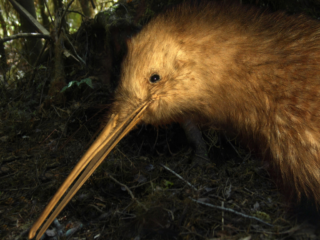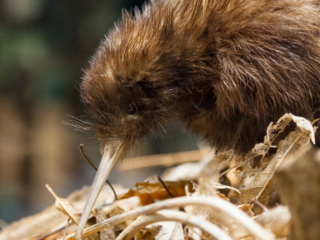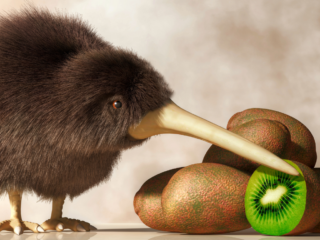
Meet the Kiwi, a unique bird native to New Zealand, and an icon that’s as distinctive as the country itself. This fascinating creature, with its long beak and round body, has intrigued and charmed people worldwide.
Despite being flightless, the Kiwi holds a special place in the animal kingdom. Its nocturnal lifestyle and elusive nature make it a captivating subject. In this article, we’ll delve into the intriguing world of the Kiwi, exploring its habitat, behavior, and the series funding of threats it faces in the wild.
So, if you’re curious about this extraordinary bird, or simply a wildlife enthusiast looking to expand your knowledge while saving time, you’re in the right place. Let’s embark on this journey together, and discover the unique charm of the Kiwi.
Animal:qhhyatzoi_8= Kiwi

Continuing our journey of discovery, we dive deeper into understanding the Kiwi bird. This section focuses on unravelling the intriguing features and widespread habitat of this standout species.
The Kiwi bird, native to New Zealand, exhibits a variety of unique traits that set it apart from other species. Bearing a resemblance to no other bird, kiwis possess a long, narrow bill that curves downward. Attached near the base of this bill, they have sensory vibrissae – hair-like feathers found in some birds. It’s a feature quite uncommon in the avian world.
Another notable characteristic of Kiwis is their small, underdeveloped wings, rendering them flightless. This, alongside their dense, hair-like feathers, contributes to their peculiar, yet charming appearance. Interestingly, Kiwis also have the largest egg-to-body weight ratio of any bird species, an element that further distinguishes them in the active world of birds.
Habitat and Distribution

Turning our focus to the geographic distribution of Kiwis, they predominantly inhabit New Zealand’s dense forests and grasslands. However, variations do exist in their specific living spaces depending on the species – some prefer the wetland areas, sandy shores, or high-altitude regions, each adapting to their respective microhabitats.
In terms of their widespread distribution, kiwis can be found throughout the country, from the northernmost tip of Northland to the wind-swept Stewart Island in the south. Notably, each geographic location houses a different species of Kiwi, each portraying the bird’s adaptability and resilience in the face of diverse environments.
Conservation Status of Kiwi Birds

Kiwi birds, despite their resilience and widespread habitats in New Zealand, face significant threats to their survival. These range from habitat loss to introduced predators, affecting their conservation status gravely.
Predators pose a massive threat to Kiwi birds. Stoats and cats, primarily introduced to the region, account for a considerable amount of Kiwi chick mortality. Dogs pose a threat to adult Kiwis, while possums compete with Kiwis over food and shelter.
Habitat loss stands as another significant challenge. The transformation of dense forests into agricultural land has resulted in a considerable reduction in Kiwi population sizes. Furthermore, climate changes, floods, and fires pose environmental threats to their survival.
Human activities, such as trafficking and hunting, also endanger the existence of Kiwi birds. Despite their status as protected species, Kiwi birds still fall victim to these harmful practices.
Conservation Efforts and Successes
In light of these threats, concerted efforts are underway to ensure the survival of Kiwi birds. The Department of Conservation (DOC) in New Zealand has pioneered various initiatives for Kiwi conservation. This includes large-scale predator control programs aimed at reducing the number of Stoats and cats.
In addition, the Kiwis for Kiwi Trust works tirelessly to reverse the decline in Kiwi populations. It has achieved success through the Operation Nest Egg (ONE) program, which involves locating Kiwi eggs, hatching them in captivity, and releasing the chicks back into the wild once they’re capable of defending themselves.
Local tribes or ‘iwi’ have also embraced the role of Kaitiaki or ‘guardians’ of Kiwis, offering critical support in Kiwi conservation efforts. Their involvement and the success of various conservation programs have seen a positive uptick in Kiwi populations in certain regions across New Zealand.












